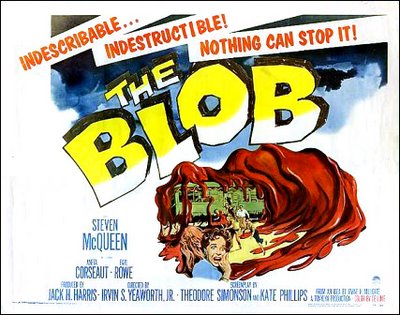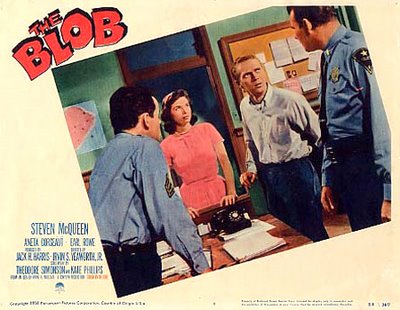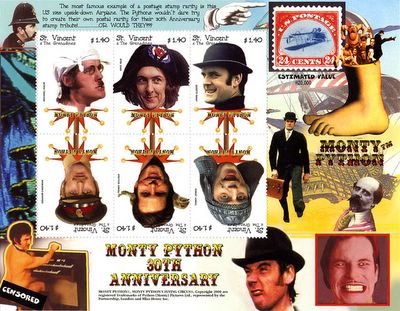
The Dalai Lama will present the International Campaign for Tibet's Light of Truth award to Archbishop Desmond Tutu and The Hergé Foundation, a non-profit association in the memory of the creator of comic book character Tintin, during the Tibetan leader's visit to Brussels in June 2006. The Light of Truth award honors individuals and institutions that have made significant contributions to the public understanding of Tibet.
The awards ceremony on 1 June takes place during the Dalai Lama's high-profile nine-day visit to Brussels from 29 May - 6 June 2006.
Tsering Jampa, Executive Director of ICT Europe, said: "We are particularly proud to honor Archbishop Desmond Tutu and The Hergé Foundation for their longstanding support for Tibetan culture and the Tibetan people. For many, Hergé's depiction of Tibet was their introduction to the awe-inspiring landscape and culture of Tibet...”
Story HERE. Thanks to The Comics Reporter for the tip.
WATCH THE INTRO TO THE TINITIN SHOW:












